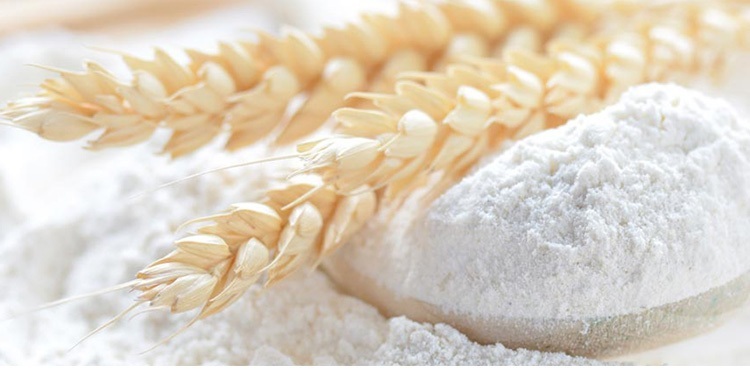
Food and agriculture scientists are reportedly engaged in experimenting with wheat varieties that may prove resilient to the vagaries of climate.
In this context it is widely reported that most of the agricultural produce is badly affected by
fast-changing climate conditions particularly the most favoured staple food product, wheat. Wheat is the most widely consumed grain globally, accounting for a fifth of carbohydrate and protein intake and is farmed in every inhabited continent to make bread, naan-bread, pasta,
couscous, noodles and pastries eaten by billions of people.
Wheat does best in temperate climates but no matter where humans took seeds, wheat adapted to the local ecosystem, evolving over generations as each variety or landrace developed good and bad quirks.
Agricultural breeders believed that diversity was the norm in this context and before the Second World War thousands of landraces were being cultivated across the globe, often side by side with other crops partially buffering communities from ecological disasters such as
disease epidemics and extreme weather.
However, yields were often low as many species of wheat were tall and gangly and would be harvested too early or else tumble in windy conditions.
It was, however, observed that global wheat production tripled after the Green Revolution
in the mid-20th century after a semidwarf gene from Japanese wheat to create shorter stem varieties which when farmed with fertiliser and water improved yields beyond anyone’s dreams.
Such diversity was considered crucial to breeding resilience and adaptability and in this respect scientists are turning to wild and forgotten wheat varieties from across the world to search for those with temperature- and drought-tolerant traits such as deep roots, waxy leaves and
stress hormones.
In this regard it is pointed out that this process is complicated, never-ending race against time, as global heating drives climate disasters and the emergence of new, adapted or more aggressive pathogens. Every year 5,000 newly bred lines or varieties are tested between November and April, in four different environments: severe and intermediate drought,
late season heat and optimal conditions.
Simultaneously they are tested in Kenya for stem rust, a fungal disease and serious threat to wheat. At the end of the season, some of the best-performing varieties of wheat are selected as parents for the next generation of crosses.
In the end, about 1,000 make it through to the second year when two further test conditions are added and so it goes on until year five, when the best performers are sent to 100 or so countries to grow and test in their nurseries.
This is critical, as wheat is grown on about 220m hectares worldwide, from hot and humid conditions in Bangladesh to the arid heat of Nigeria and the chilly mountains of Turkey.
After six years, the programme ended up with 50 or so new wheat varieties which countries can take and test before releasing to their farmers.
The goal is to shorten the breeding cycle to four years to help farmers with few resources better cope with the rapidly changing climate and emerging disease threats.
Uniformity, standardisation, and fossil fuel-driven technologies became the gold standard as malnutrition declined but the loss of diversity in crops, ecosystems and traditional sustainable
practices came at a huge environmental and human cost.
Nevertheless, it is unclear how many wheat varieties with useful climate- and disease-resistant traits have been lost as a result of the industrialization of food system but there are about 800,000 unique wheat seeds stored in gene banks globally.
The collection includes wild grassy ancestors, landraces and obsolete varieties that developed disease susceptibility but may contain useful traits such as deep roots, which are good
at finding water during drought, or the ability to delay stress-related premature ageing, which affects photosynthesis.
About a third of the seed collection has undergone genetic fingerprinting, which allows physiologists to identify which previously unknown diversity might be helpful.
Once tested in the fields, promising varieties end up in the breeding pipeline, with some eventually fast-tracked to be tested across the world as part of a bigger climate change project.
Drones take thermal images which help scientists on the ground measure things like canopy temperature and water loss or transpiration – the plant’s internal air conditioning system. It is long been thought that plants rest at night, conserving water for photosynthesis and
to transport nutrients.
If the air conditioning is overworking at night in order to keep cool, the plant could run out of
water, get dehydrated and stop growing or die. Initial results found that some varieties lost more water than others, so now researchers must tease out the genetics to help breeders improve nighttime heat tolerance in future seeds.
The aim is to outpace human-made global heating and breed climate-resilient varieties so yields do not collapse, as worstcase scenarios predict.
All involved in the process are united in their assertion that diversity is crucial to build climate resilience and minimise the ecological footprint of agriculture.
from Science and Technology News - Latest science and technology news https://ift.tt/OU4pM28


0 Comments